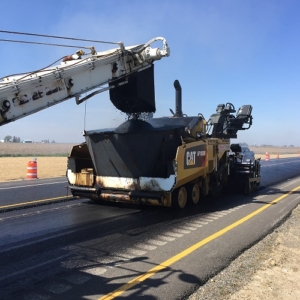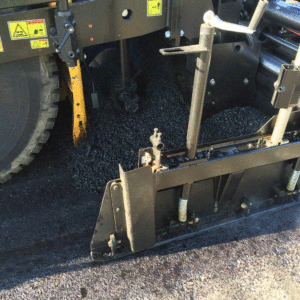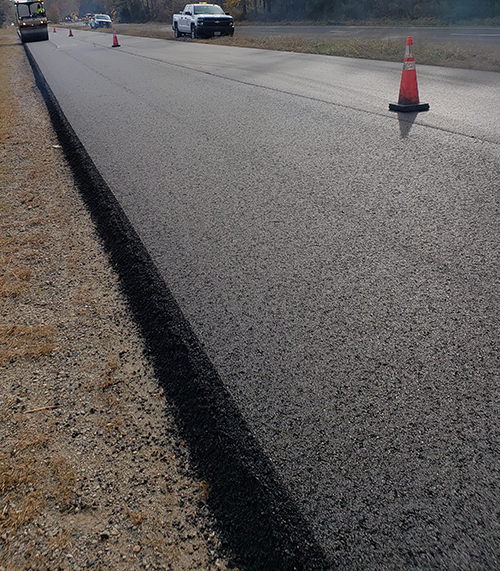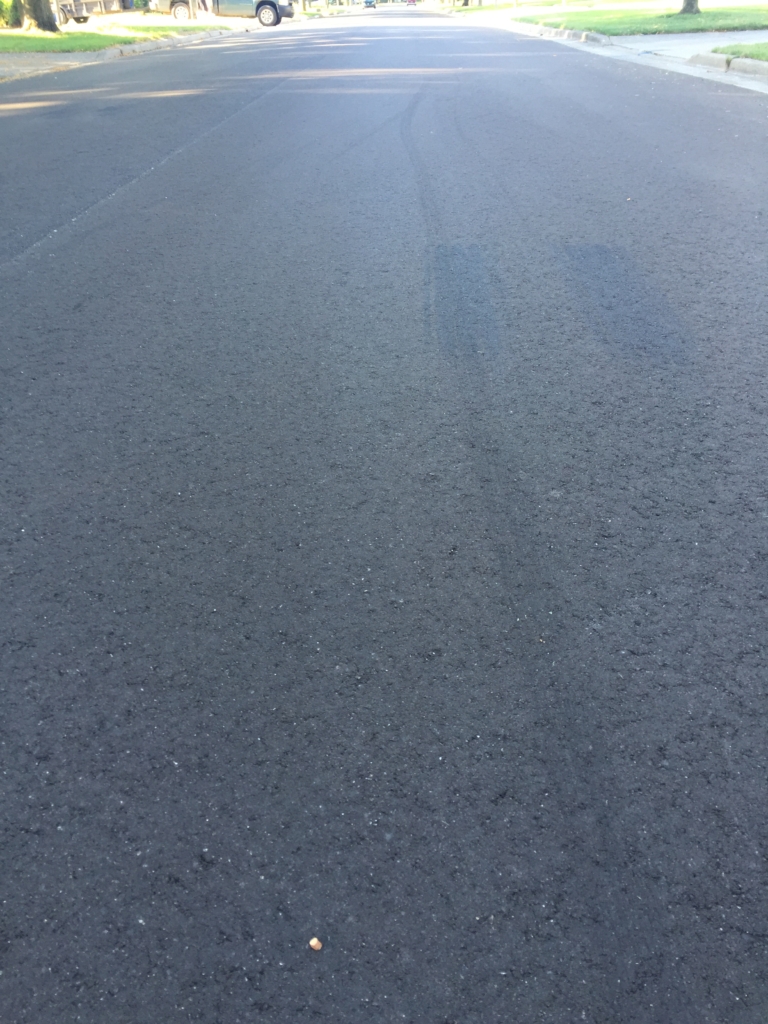Rubberized Asphalt Mix Design
In work with Illinois Tollway contractors, Asphalt Plus participated in early balanced asphalt mix design efforts in Tollway main line SMA mix designs. Dry process rubber using ElastikoR ECR was used in SMA and dense-graded applications on I-355, I-88 and I-294, which include pavements with more than 30 Million ESAL traffic volumes. These pavements were placed in 2015 and 2016. These were not just standard mix designs including ground tire rubber.
Asphalt mix design development at STATE Testing and MAPIL included design objectives that were and are unique. Traffic volumes on these roads require mix or binder modification to minimize early rutting, fatigue and thermal cracking. Commonly used binder modifiers on the Tollway include polymers and terminal blend rubber combined with lower levels of RAP and small percentages of RAS, and these modifiers were typically constructed on a 58 – 28 base binder.
Dry process rubber was used with significantly higher amounts of RAP and RAS (Asphalt Binder replacements of up to 51%) along with a significantly softer binder (46 -34) to produce a asphalt mix design that was both durable and significantly less expensive than traditional mixes. The linked Tollway report details the field performance of ElastikoR ECR dry process rubberized mixes with this very unusual design, which is performing very effectively in full field service.
Elastiko is applied to the crumb rubber in order to improve the handling and workability characteristics of the mix. Rubberized asphalt consumes an estimated 220,000,000 pounds or around 12 million tires annually. More and more states are starting to see the benefits of rubber in asphalt and recently have been taking on the old technology and mastering the process.
Here is how the rubberized asphalt process works:
A chemically Engineered rubberized asphalt mix design product called Elastiko ECR is fed into your plant during mix production, just like a fine aggregate. The heated binder reacts with the ECR during mixing, storage and transport. The delivered mix lays and performs like a polymer-modified pavement, but at a fraction of the cost. People who manage roads, especially publicly funded ones, are having to do more with less given their budget restraints. That’s where rubberized asphalt information comes to the rescue.
Rubber modification allows you to produce modified mixes that perform like polymer mixes without the use of terminal blending. ECR modified asphalt mix design is less expensive to produce than polymer modified mixes. This reduced expense is passed along to road managers through lower bids allowing limited resources to be spread out. Also, not only do road owners get better roads, but they get better roads at a better price. Road owners realize: lower bid costs and better roads.










